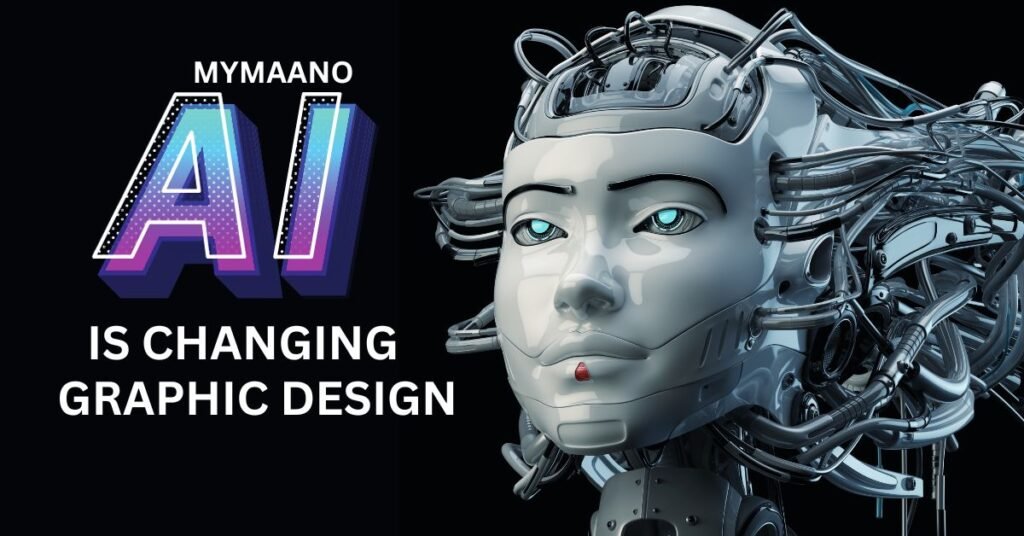Artificial Intelligence (AI) is revolutionizing graphic design, redefining how visual content is created and delivered. This article explores how AI is changing graphic design, from automating repetitive tasks to enhancing creative capabilities and ushering in a new era of design possibilities.
1. Automation of Repetitive Tasks:
AI IS CHANGING GRAPHIC DESIGN
AI streamlines graphic design by automating repetitive and time-consuming tasks. It includes resizing images, retouching photos, and generating design variations, saving designers valuable time.
2. Personalized Content:
AI enables the creation of personalized design content by analyzing user data and preferences. It tailors visuals to individual audiences, enhancing user engagement and brand interaction.
3. Smart Layouts:
AI algorithms can suggest optimized layouts and compositions based on design principles and user preferences. This results in more visually appealing and user-friendly designs.
4. Enhanced Photo Editing:
AI-driven tools like Adobe’s Sensei use machine learning to enhance and edit photos intelligently. They can remove imperfections, adjust lighting, and create new image elements.
5. Predictive Design Trends:
AI can analyze vast amounts of design data to predict upcoming design trends. It helps designers stay ahead in a rapidly evolving field.
6. Generative Art:
AI-powered algorithms can create unique art pieces and designs. Artists collaborate with AI, resulting in a fusion of human creativity and machine intelligence.
7. Simplified A/B Testing:
AI simplifies A/B testing in graphic design. It can quickly generate and test multiple design variations, allowing designers to identify the most effective one.
8. User Interface Design:
AI streamlines user interface design by suggesting layouts, colour schemes, and elements that enhance user experience and accessibility.
9. Content Creation:
AI can generate text, images, and other content elements, reducing the need for manual input and boosting content production.
10. Real-time Design Feedback:
AI provides instant design feedback, helping designers make data-driven decisions to improve their work.
11. Ethical Considerations:
As AI assumes a more significant role in graphic design, ethical considerations regarding data privacy and the use of AI-generated content become essential.
REFERENCES
ALSO READ ABOUT HOW TO CHANGE SAMSUNG KEYBOARD BACKGROUND IN 8 STEPS

